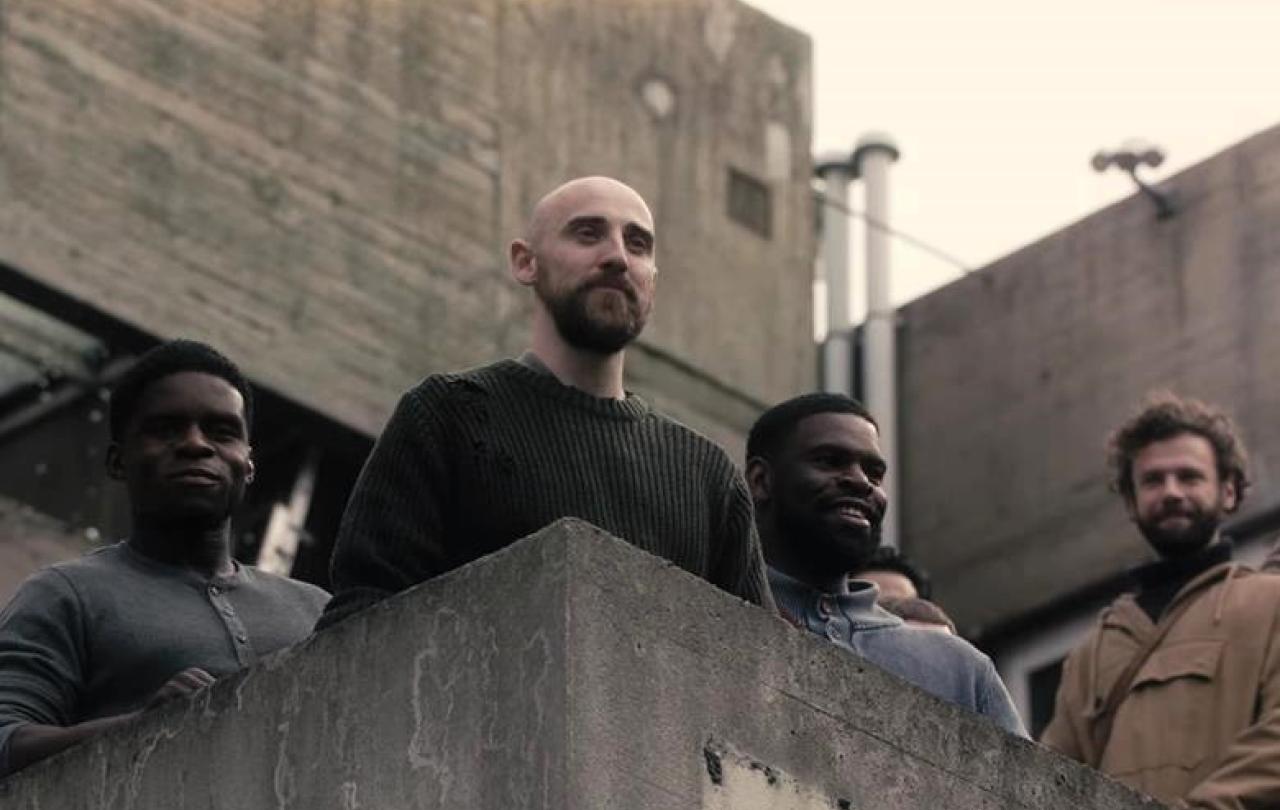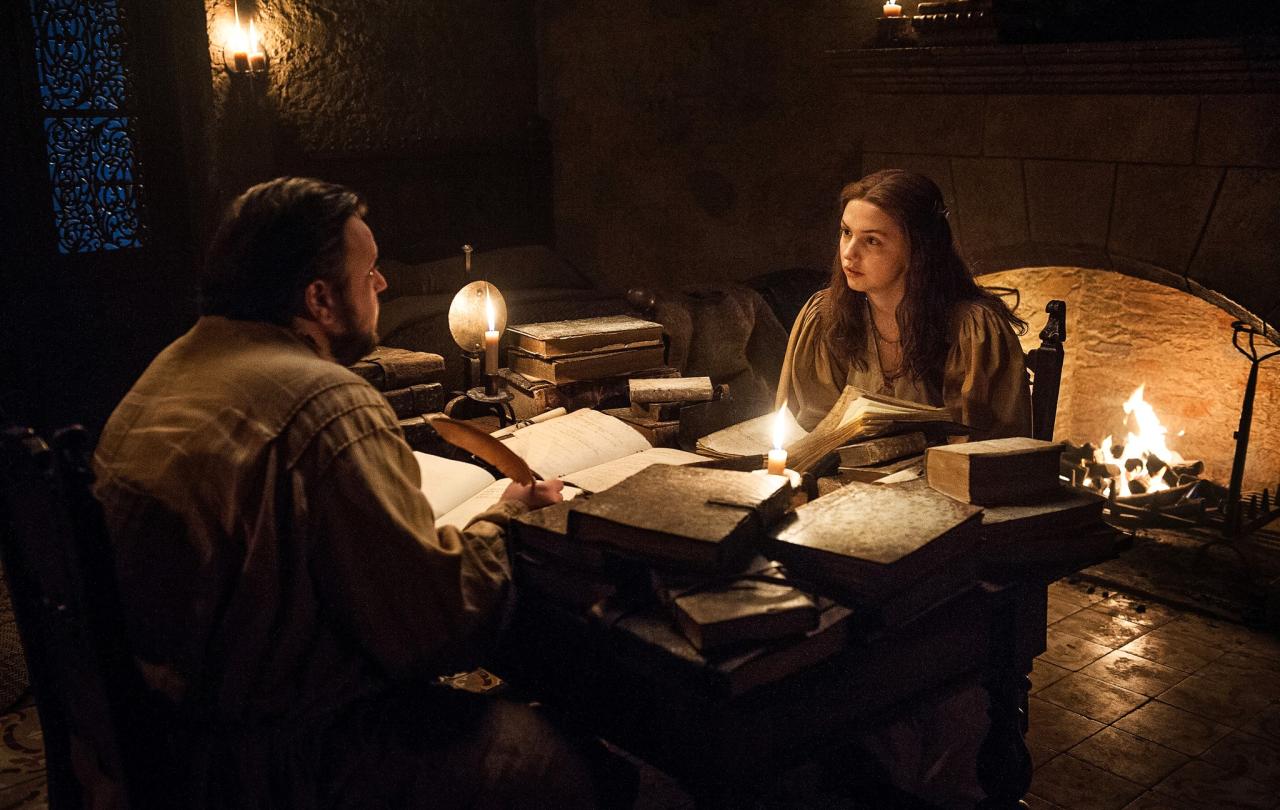
Testament reimagines the story of how Jesus’ disciples spread the good news of him to the world by transplanting it to an alternate-modern era. Swapping Jerusalem for London. As the followers risk everything to preach the good news, the Temple races to silence them before the oppressive Imperium retaliates. But public miracles and divided loyalties force both sides to confront the true cost of their choices. In the first episode it asks the question, what would it be like if the Son of God had come down from heaven, come to your very hometown, and you’d missed him?
Most re-tellings of the early church usually end the story either with Jesus’ resurrection, or his ascension into heaven. Testament starts the action just after Pentecost, fifty days after Jesus’ death and resurrection. In Christianity, Pentecost is the day when the Holy Spirit descended on the Apostles like “a violent wind” and gave them not just the ability to be understood in any language, but also the courage and conviction to go out and tell people about Jesus. We see much of the action through the character of Stephen, a young man who decides to follow Jesus after hearing the Apostles preach. Consequently, Stephen’s mother accuses him of heresy and throws him onto the street, making him fully dependent on this early Jesus movement.
In the first episode, the storytellers seem to have presented themselves with a bit of a challenge, by starting the action at Pentecost. Not only does it seem like the most interesting events have just happened off camera, but we’re also meeting these characters in a moment of spiritual awakening and holy joy, which is notoriously hard to depict on screen. Especially with characters we’ve just met. Nonetheless, as they navigate the logistics of having so many converts all at once (the kind of happy problem any church minister would like to have) we see that the Apostles have a familiar, lived-in quality to their inter-personal dynamics. You can easily believe that these very different men have spent every day living and working with each other for the last three years until they’ve sanded off the rough edges of their relationships.
Whilst the show doesn’t always hold together at first, it builds momentum by tackling some of the more difficult parts of the book of Acts with sensitivity and nuance. It’s helped by the performances being incredibly watchable. The colour-blind casting is a delight, and perhaps reflective of Christianity being the most ethnically diverse religion on the planet. Tom Simper, who plays Peter, has an incredibly expressive face and a compassionate manner. Kenneth Omole who plays John can be vulnerable as he returns to the garden of Gethsemane to mourn the absence of his friend and saviour. Yet the next scene, where he is confronted by a Temple priest, he emanates a quiet authority. You can’t take your eyes off him.
If nothing else, this show gives Saul a compelling backstory and a terrifying characterisation.
Making Stephen the point of view character is a bold narrative choice. Anyone with a passing knowledge of the New Testament might feel anxious for the character, and having him be played by such a young actor as Charles Beaven underscores the upcoming tragedy. Mogali Masuku plays Mary as a woman with her head thoroughly screwed on. Her storyline shows Mary ministering to addicts and victims of human trafficking, looking gangsters dead in the eye and telling them these lost souls belong to Jesus now. On the other side of the divide is Saul. Eben Figueiredo plays him with the type of zeal that allows people to do both wonderous and terrible things. If nothing else, this show gives Saul a compelling backstory and a terrifying characterisation. It’s Saul, not the Temple establishment, who is the main antagonist of this season.
If there is one clear misstep, perhaps it’s the depiction of what the show calls ‘The Sentinels’, the foot soldiers of the ‘Imperium’, a stand-in for the Roman Empire. Rather than being dressed in modern military fatigues, they are clad head to toe in a red, faceless body armour. The type that would be more at home in the Star Wars universe. They’re possibly dressed like this to represent the empire’s overwhelming and sinister military power, but as we see repeatedly through world events, human cruelty looks painfully normal.
The timing of this show seems noteworthy as well. This show drops roughly a year after Angel Studios, the producers of Testament, were forced to split from the creators of The Chosen. Following the lives of the Apostles as they begin to follow Jesus, The Chosen became a monster hit and the flagship show of Angel Studios’ catalogue. So a show following the lives of the Apostles after Jesus leaves them (albeit transplanted to a different time), might be an attempt by Angel Studios to recapture some of the popularity they have lost.
Testament definitely has a faltering start, but it has all the ingredients to be compelling TV. If you can stick with this show as it finds its feet, you will be treated to a soulful depiction of an oft-overlooked part of the Jesus story.
Watch the trailer
Support Seen & Unseen
Since Spring 2023, our readers have enjoyed over 1,000 articles. All for free.
This is made possible through the generosity of our amazing community of supporters.
If you enjoy Seen & Unseen, would you consider making a gift towards our work?
Do so by joining Behind The Seen. Alongside other benefits, you’ll receive an extra fortnightly email from me sharing my reading and reflections on the ideas that are shaping our times.
Graham Tomlin
Editor-in-Chief





